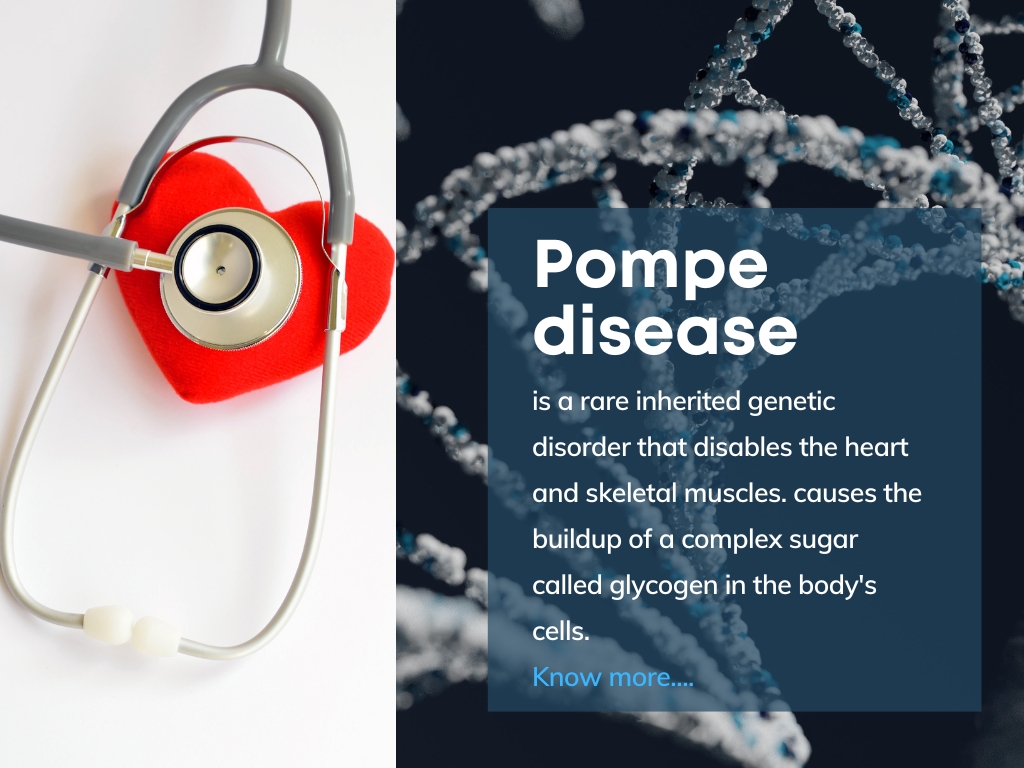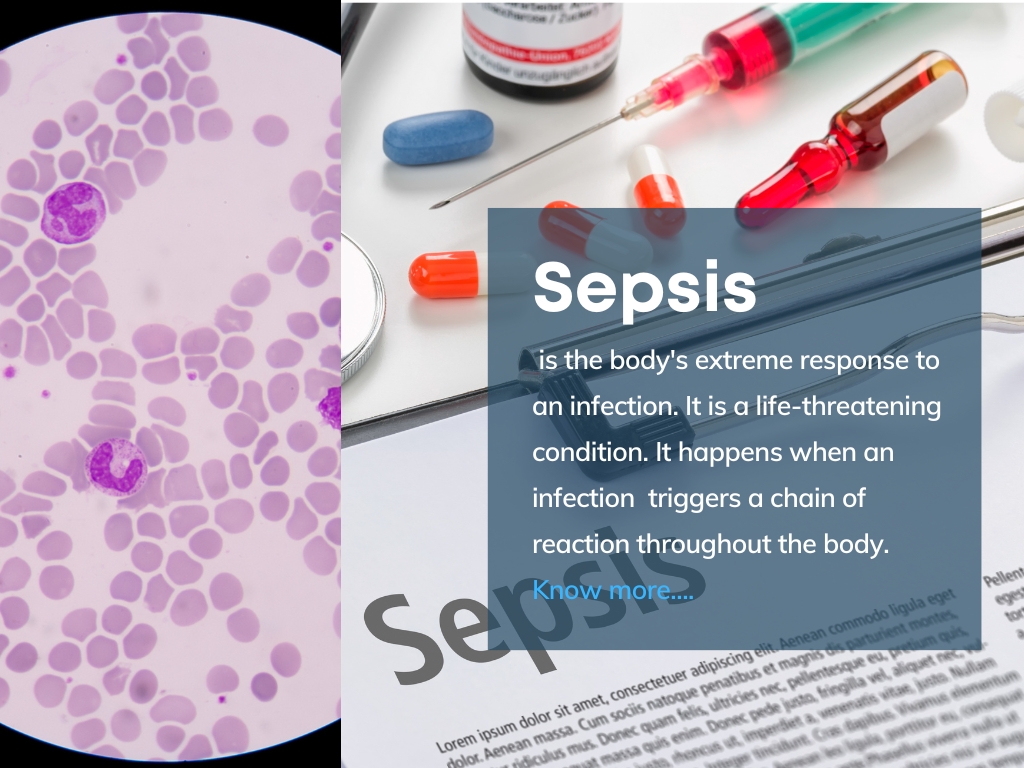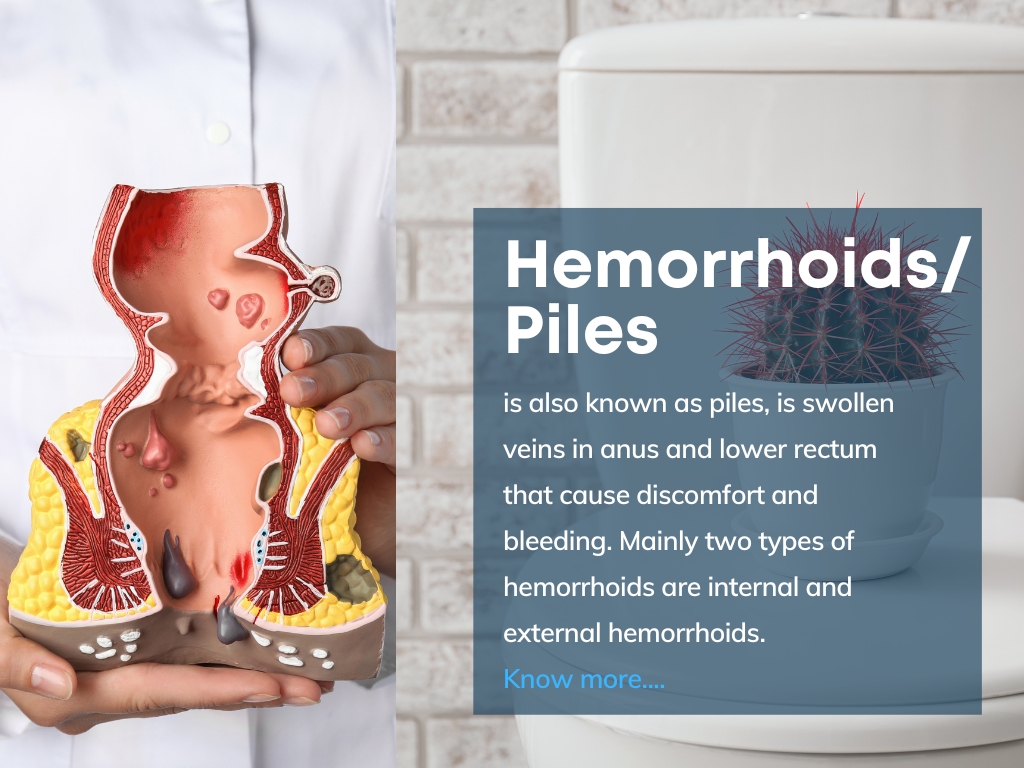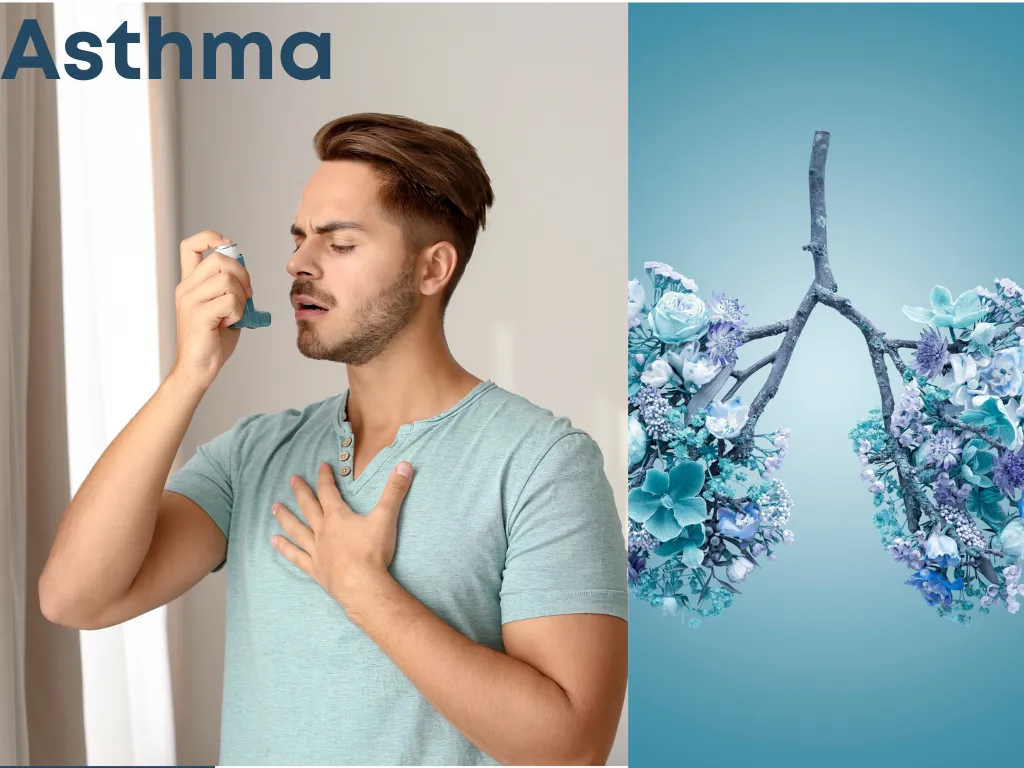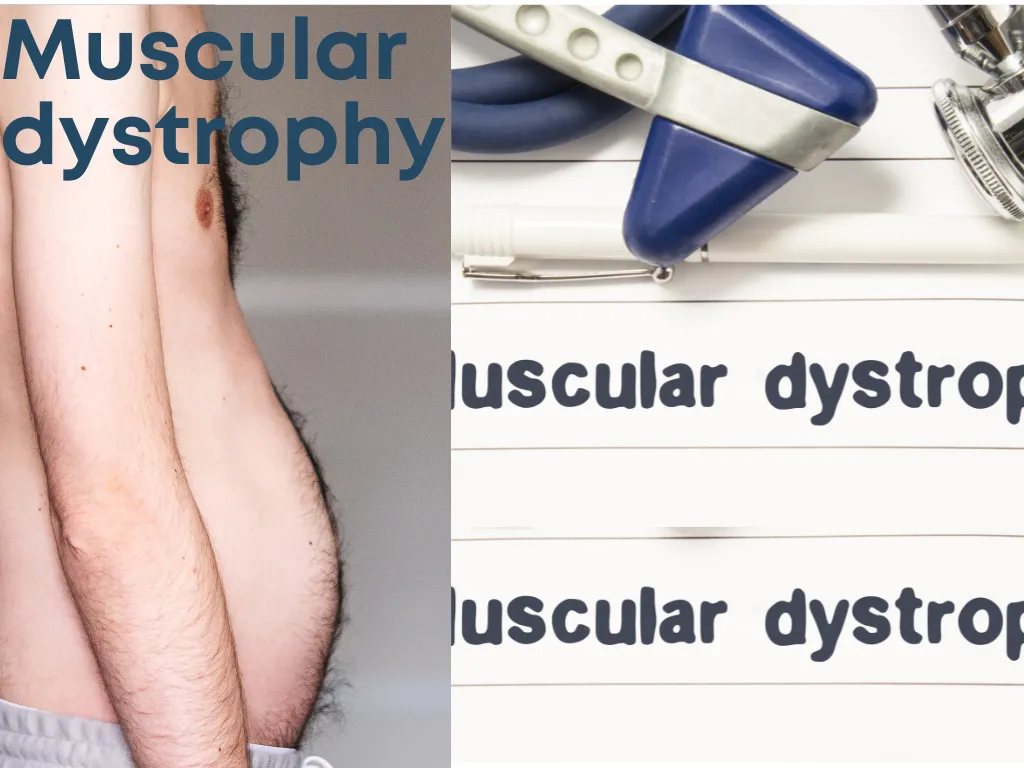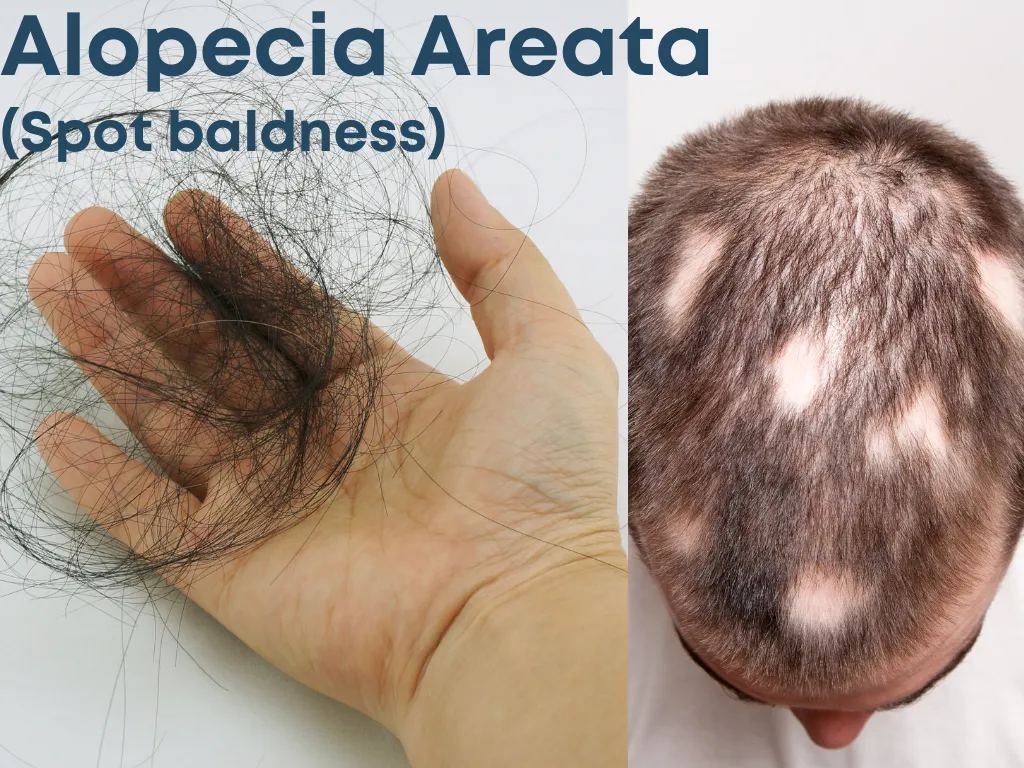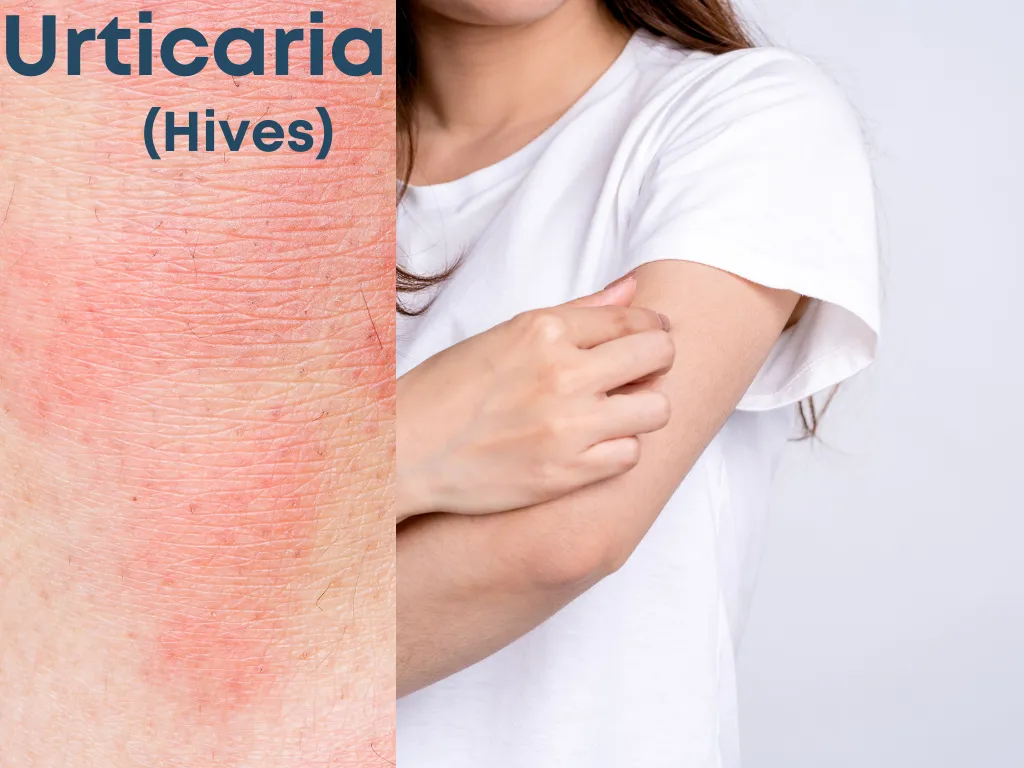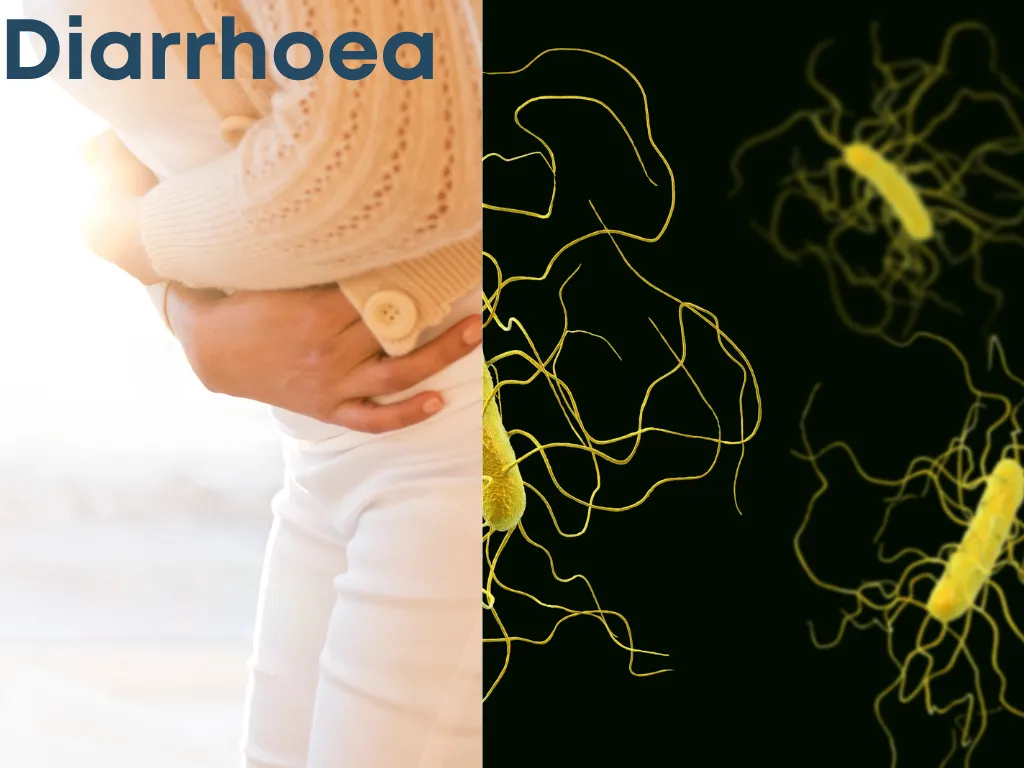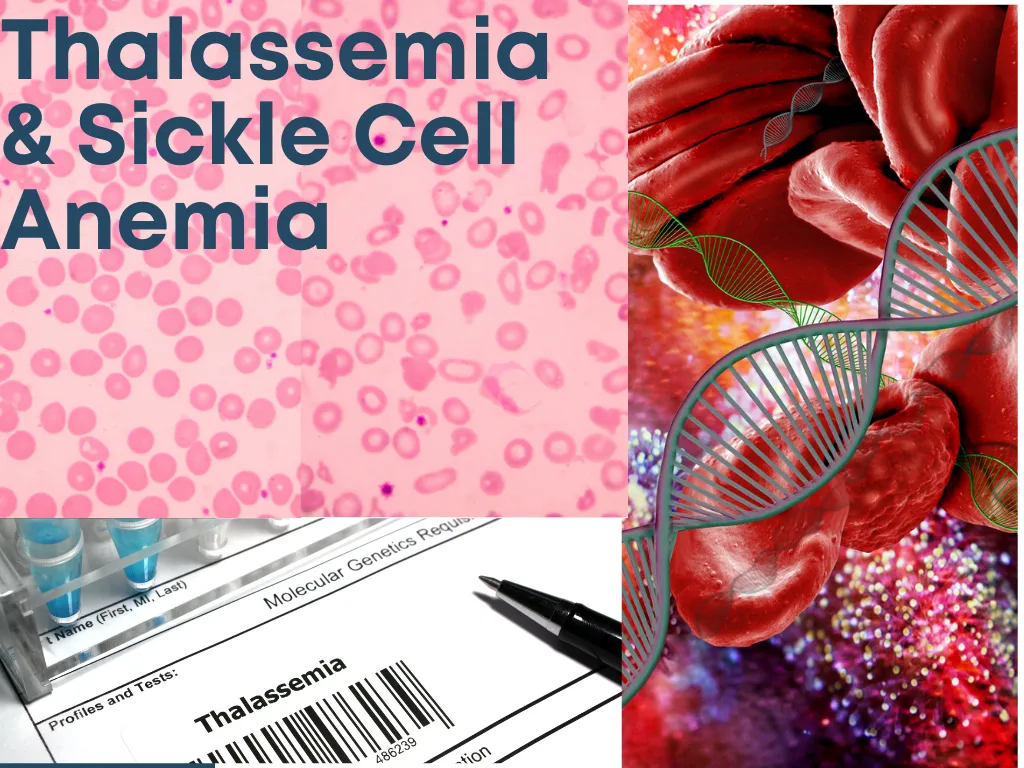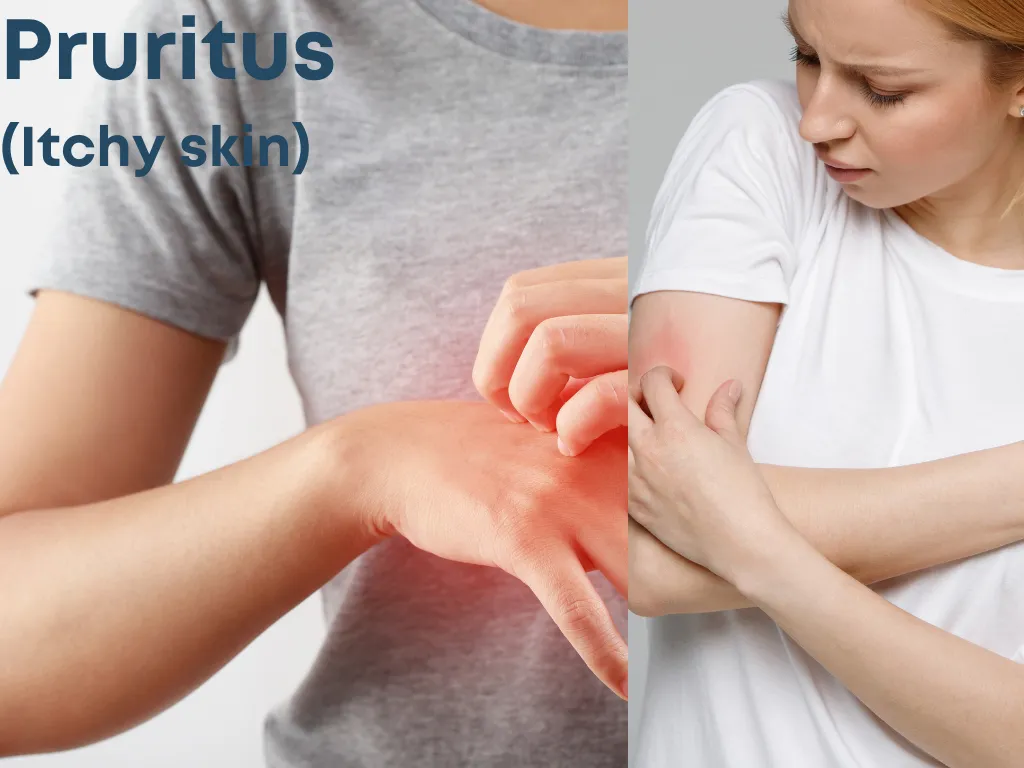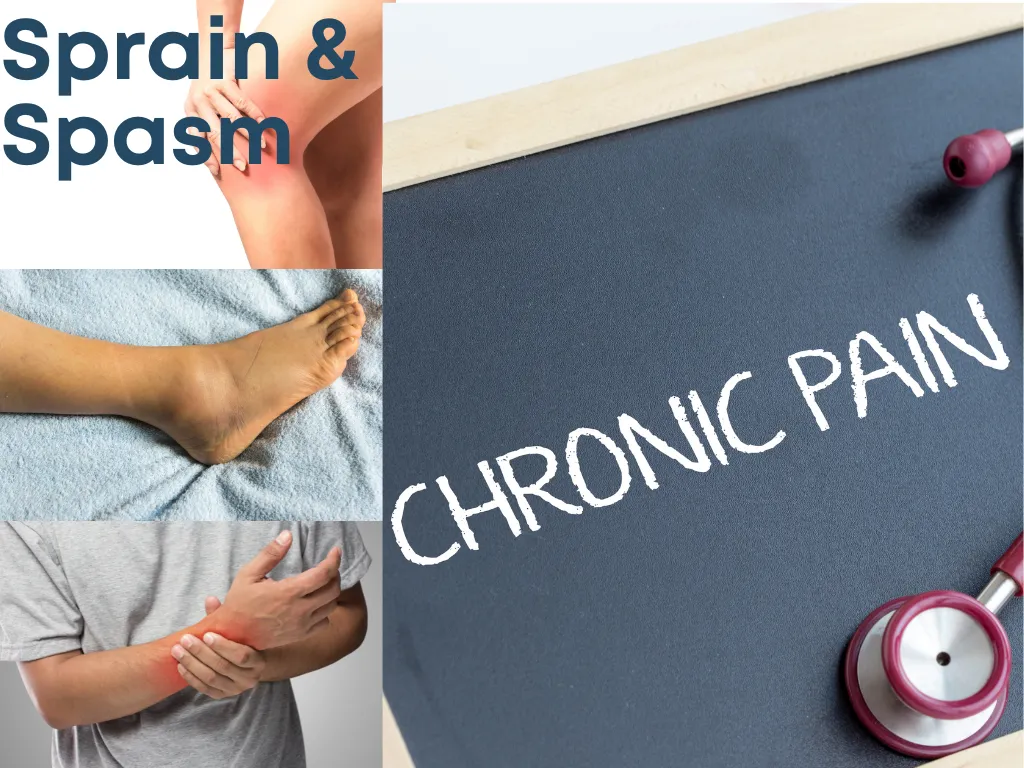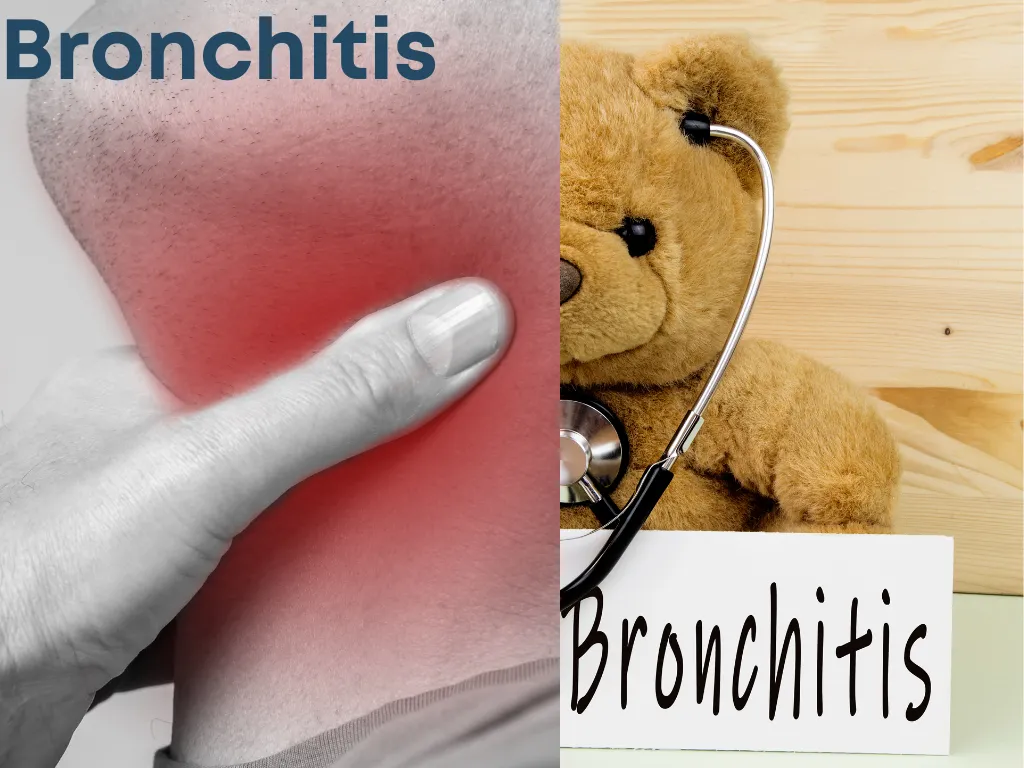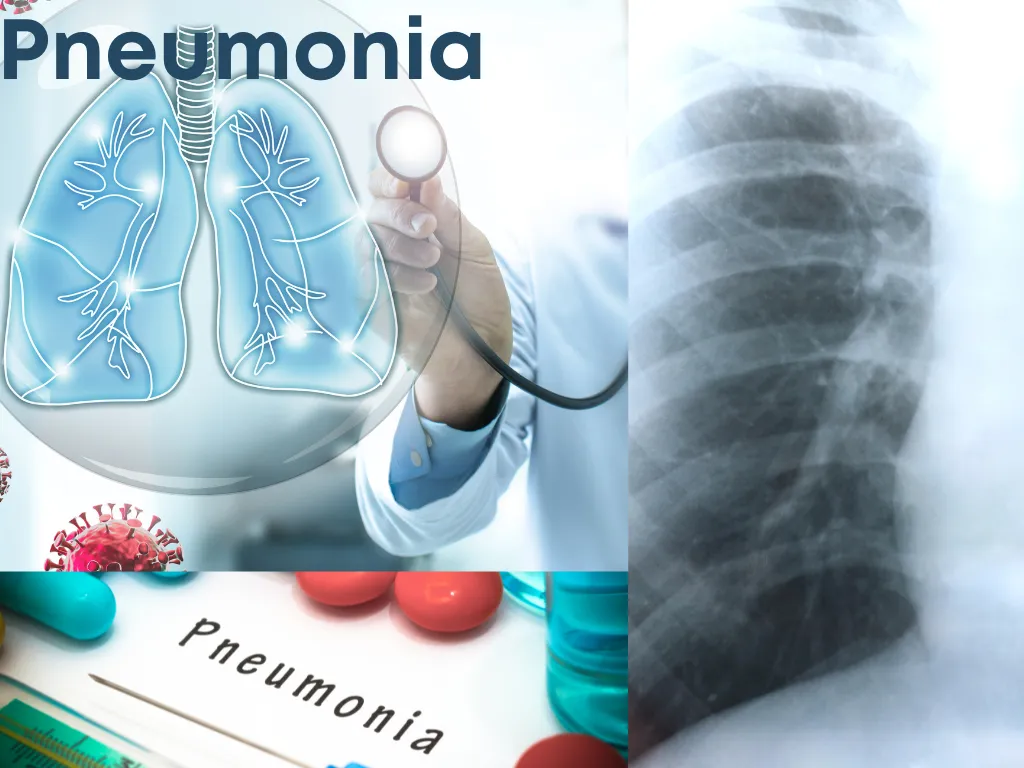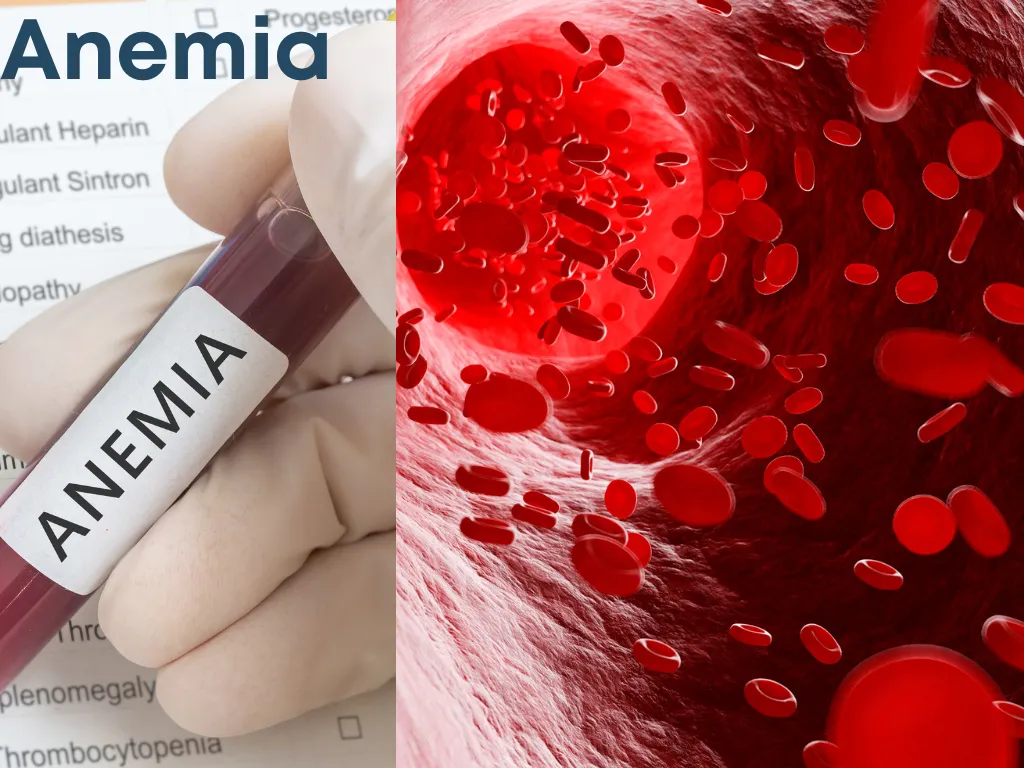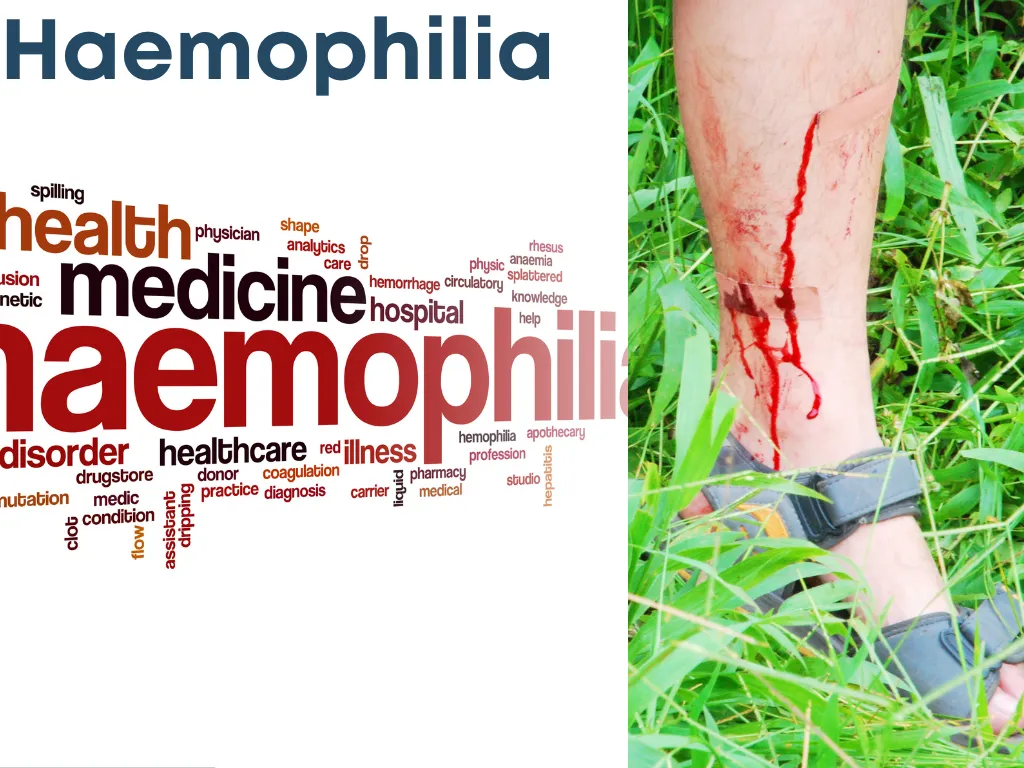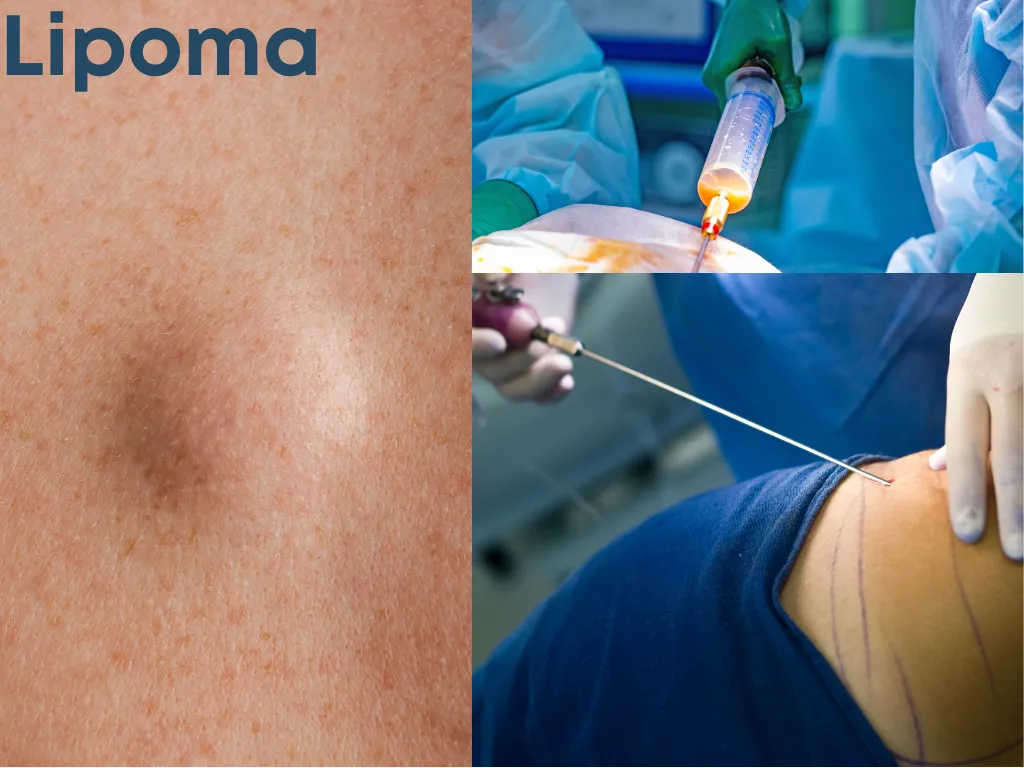Overview
Pompe disease, also known as acid maltase deficiency or glycogen storage disease type II, is a rare and often fatal genetic disorder that affects the body's ability to break down glycogen, resulting in the buildup of glycogen in cells. It is caused by mutations in the GAA gene, leading to a deficiency of the enzyme acid alpha-glucosidase (GAA) which is responsible for breaking down glycogen.
Causes
- Pompe disease is caused by mutations in the GAA gene, which provides instructions for making the enzyme acid alpha-glucosidase (GAA).
- This enzyme is responsible for breaking down glycogen, a complex sugar molecule, into glucose within lysosomes (cellular structures responsible for waste management).
Symptoms
Muscle weakness, particularly in the legs and the trunkEnlarged heart (cardiomegaly)Breathing difficultiesPoor muscle toneFailure to thrive
In the late-onset form
Progressive muscle weakness, especially in the legs and
the trunkBreathing difficulties, particularly during exertion or
while lying downEnlarged heartPoor muscle tone and motor skillsFatigue
Treatment: Modern Medicine
Specific treatments may
include:
Enzyme Replacement Therapy (ERT)
Treatment: Traditional Medicine
Respiratory Support Physical and Occupational TherapyDietary ManagementOrthopedic InterventionsCardiac CareSupportive MeasuresGenetic Counseling
Caution
Infantile
FormLate-Onset
Form
Prevention
Prenatal testingCarrier testingCord blood banking
 Nalamaree Team
Nalamaree Team

